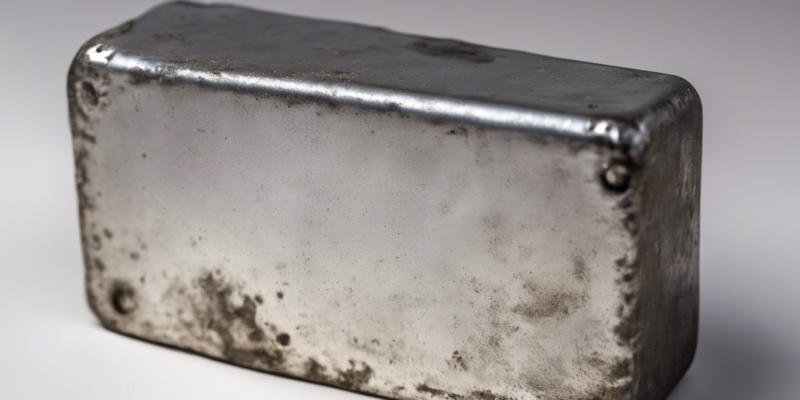Introduction:
In the field of physics, the weight and density of objects play crucial roles in how we understand and interact with the world around us. One common scenario often used in educational settings to demonstrate these concepts involves a 2 kg block of metal. In this article, we will explore in depth the properties of a 2 kg block of metal, its weight, density, and how these factors are interrelated.
Weight of the 2 kg Block:
The weight of an object is the force acting on it due to gravity. In the case of a 2 kg block of metal, the weight can be calculated using the formula:
Weight = Mass x Acceleration due to Gravity
Given that the mass of the block is 2 kg and the acceleration due to gravity is approximately 9.81 m/s^2, the weight of the block can be calculated as follows:
Weight = 2 kg x 9.81 m/s^2 = 19.62 N
Therefore, the weight of a 2 kg block of metal is 19.62 Newtons.
Density of the 2 kg Block:
Density is a measure of how much mass is contained in a given volume. The density of the 2 kg block of metal can be calculated using the formula:
Density = Mass/Volume
In this case, the mass of the block is 2 kg. Let’s assume that the block has a uniform shape and dimensions, so we can calculate its volume by measuring its dimensions and using the appropriate formula (e.g., for a rectangular block, Volume = Length x Width x Height).
If we determine that the volume of the 2 kg block of metal is 0.002 m^3, then the density of the block would be:
Density = 2 kg / 0.002 m^3 = 1000 kg/m^3
Thus, the density of the 2 kg block of metal is 1000 kilograms per cubic meter.
Relationship Between Weight and Density:
The weight of an object is directly proportional to its mass, as seen in the formula for weight. Density, on the other hand, is a measure of how tightly packed the mass of an object is within its volume. As such, the weight of an object can also be influenced by its density, as demonstrated by the following formula:
Weight = Density x Volume x Acceleration due to Gravity
This formula shows that for objects of the same volume, the one with the higher density will have a greater weight.
Applications in Real Life:
Understanding the weight and density of objects, such as the 2 kg block of metal, has practical applications in various fields. For example, in engineering and construction, knowledge of these properties is vital for designing structures that can support specific loads without collapsing. In materials science, the density of a material can indicate its strength and durability, aiding in the selection of suitable materials for different applications.
Frequently Asked Questions (FAQs):
1. Why is the weight of the 2 kg block of metal different on Earth compared to the Moon?
On Earth, the acceleration due to gravity is approximately 9.81 m/s^2, whereas on the Moon it is much lower at about 1.625 m/s^2. Since weight depends on the acceleration due to gravity, the 2 kg block of metal would weigh significantly less on the Moon compared to Earth.
2. How can the density of the 2 kg block of metal be determined experimentally?
To determine the density of the block experimentally, one would need to measure its mass using a scale and its volume by displacement of water or through precise measurements of its dimensions.
3. Can the density of the 2 kg block of metal change if it is heated or cooled?
Heating or cooling the block of metal can cause its atoms to expand or contract, altering its volume and therefore its density. However, the mass of the block would remain constant unless any material is added or removed.
4. How does the density of the block impact its buoyancy in water?
If the block has a density greater than that of water (1000 kg/m^3), it will sink in water. If the block’s density is less than that of water, it will float.
5. Why is density an important property in identifying unknown substances?
The density of a substance is unique and serves as a characteristic property that can help identify unknown materials. By comparing the density of an unknown substance to known values, scientists can determine what the substance is likely made of.
Conclusion:
The study of the 2 kg block of metal provides valuable insights into the fundamental concepts of weight and density in physics. By understanding how these properties are calculated and how they are interconnected, we can appreciate their significance in various scientific disciplines and practical applications. Next time you encounter a heavy object or need to determine the material of an unknown substance, you can apply the principles discussed here to deepen your understanding of weight and density.



Comments